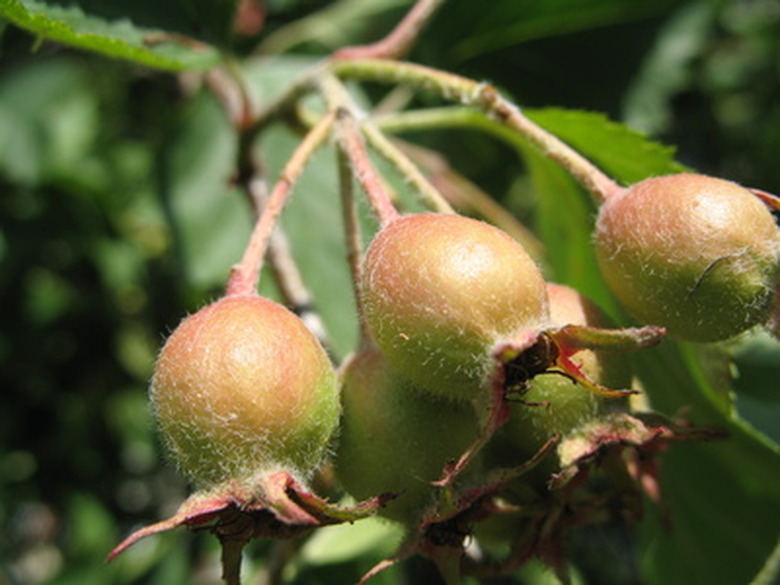The Best Trees To Grow In Ohio
Ohio falls within a temperate climate zone that experiences mild summers and cold winters. Ohio gardeners often plant trees to add shade, ornamental interest or fall color to lawns and gardens. If you live in Ohio, choose trees according to intended use, general culture and bloom information. Many trees grow well in Ohio landscapes.
Trident Maple
The trident maple (Acer rubrum) belongs to the Aceraceae plant family. This Ohio native tree bears green leaves that feature hairy undersides and turn attractive red or yellow shades in the fall. In May, the male trees display red blossoms and the female trees bloom red samaras. Pollinated females also bear red berries. The trident maple prefers moist, acidic soils in fully shady to fully sunny locations. Ohio gardeners often plant trident maples in dry woodland areas.
- Ohio falls within a temperate climate zone that experiences mild summers and cold winters.
- This Ohio native tree bears green leaves that feature hairy undersides and turn attractive red or yellow shades in the fall.
Sweet Buckeye
The sweet buckeye (Aesculus flava), also called the yellow buckeye, naturally occurs in woodlands across Ohio. This horse-chestnut family member (Hippocastanaceae) ranges from 50 to 75 feet in height. White to yellow-white flowers bloom from April through June. The green leaves turn red to orange in the autumn. The sweet buckeye prefers moist, rich soils in shady positions. Sweet buckeye trees generally grow well along rich woodlands and rivers.
Kentucky Yellowwood
The Kentucky yellowwood (Cladrastis kentukea) reaches up to 50 feet in height with similar widths. This pea family member (Fabaceae) displays long spikes of white to creamy white flowers from April through June. These flowers only bloom two or three times each decade. The green leaves turn a pale yellow or light orange in the autumn. This Ohio native tree likes well-drained, rich soils in partially shady locations. Established trees tolerate drought conditions. Gardeners often plant the Kentucky yellowwood along river valleys, ravines and mesic woodland margins.
- The sweet buckeye (Aesculus flava), also called the yellow buckeye, naturally occurs in woodlands across Ohio.
- The green leaves turn a pale yellow or light orange in the autumn.
Cockspur Hawthorn
The cockspur hawthorn (Crataegus crus-galli), a member of the rose family (Rosaceae), ranges from 20 to 35 feet in height with similar spreads. This tree bears thorny branches, flaking bark and thick, shiny, green leaves that turn bright red or orange in the autumn. White to pale pink flower clusters appear in May and June, succeeded by tiny, red apples. This hawthorn variety prefers acidic, moist soils in fully sunny to fully shady positions. Fireblight, rust and insect infestations sometimes occur. Ohio gardeners often use the cockspur hawthorn as hedges or ornamental landscape trees.
Cucumber-Tree
The cucumber-tree (Magnolia acuminata) belongs in the magnolia family and grows well in rich Ohio woodlands. This hardy tree ranges from 60 to 75 feet in both height and spread. The long, dark green leaves turn yellowish-brown in the autumn. Non-showy, green or yellow blossoms appear in May or June, giving way to red fruits that look like little cucumbers. This tree likes moist to wet, acidic soils in either shady or sunny locations. The cucumber-tree works well planted along stream banks or woodland slopes.
- The cockspur hawthorn (Crataegus crus-galli), a member of the rose family (Rosaceae), ranges from 20 to 35 feet in height with similar spreads.
- Non-showy, green or yellow blossoms appear in May or June, giving way to red fruits that look like little cucumbers.
